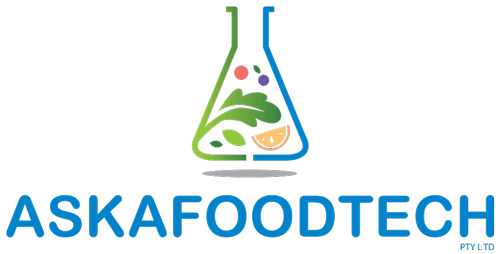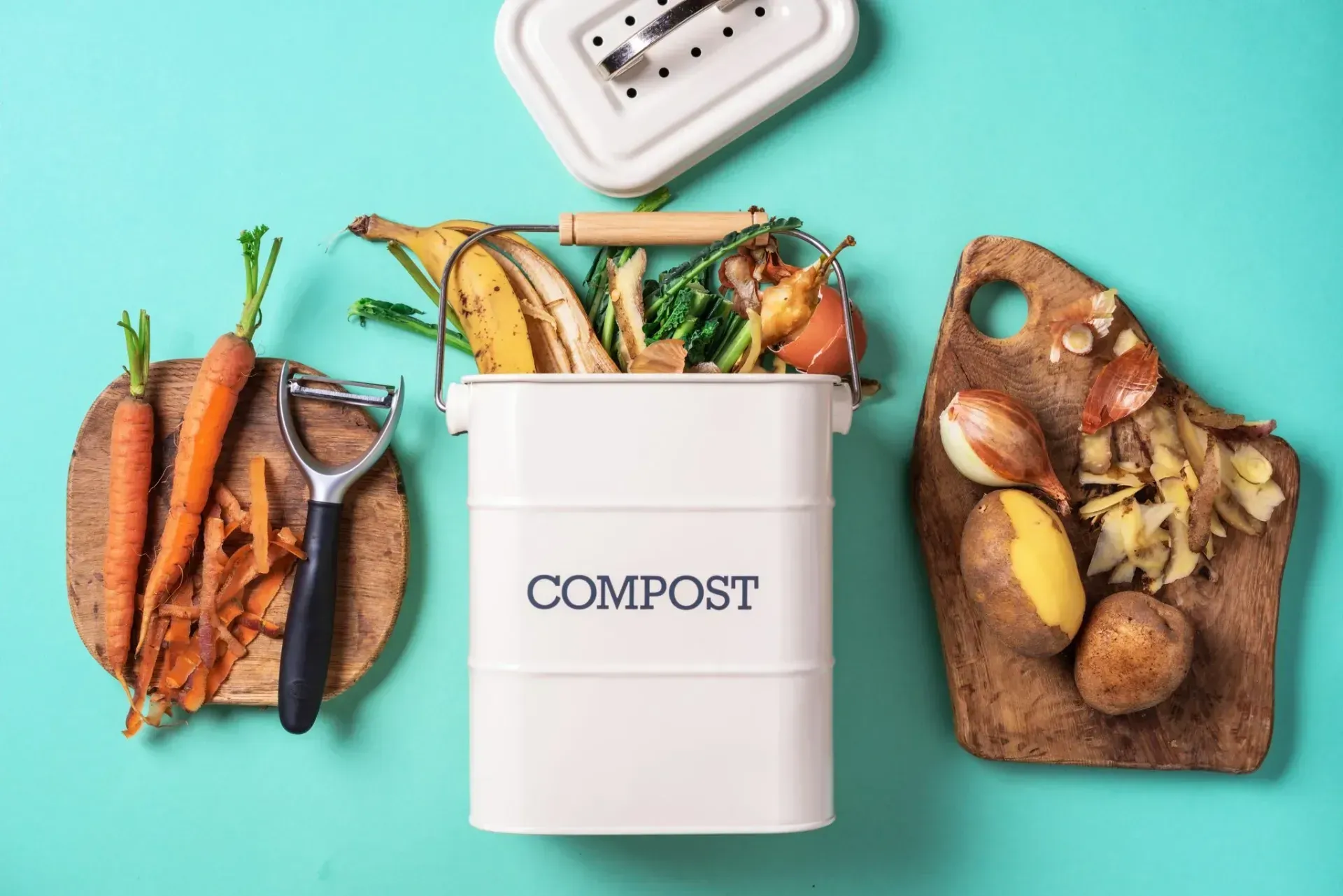A Novel Perspective to Allergen Management
Reflecting on my experiences as a food technologist and dealing with a food allergy, I realise now that I can see both sides. Therefore, I believe I can offer a novel perspective when it comes to Allergen Management.
It’s the back end of May, and typically at this time of year there is a public awareness initiative created and coordinated by Allergy & Anaphylaxis Australia (A&AA) called Food Allergy Week that runs from 24 – 30 May.
However, as A&AA have been focused on the needs of their followers, the plans for 2020 have been curtailed significantly. I am happy to lend a hand, and for very good reason. I too am a sufferer of a life threatening food allergy, and so is my son. The messages that organizations such as A&AA and Allergen Bureau share at this time mean a lot to an allergic consumer. Raising awareness of food allergies helps us share our stories, frustrations and our fears.
The messages that organizations such as Allergy & Anaphylaxis Australia and Allergen Bureau share at this time mean a lot to an allergic consumer.
As a food technologist, we assess allergens from a quality control and food labelling perspective. It is often a very scientific or somewhat clinical view of the situation. However, I realise now in hindsight I didn’t truly understand the importance of getting it right, like I do now. When it comes to allergen management, we absolutely need to base our decisions on facts and data to ensure a robust risk assessment. It should be encouraged to consider this assessment through the target consumers’ lens and not just a legal perspective.
So my exposure to the real life aspect of allergen management came, in two “ah hah” moments.
As an infant my son endured significant eczema and cradle cap. We followed all the health professional guidance of the correct times to introduce solids. As we introduced eggs we saw some flaring in his skin irritation. With oranges we saw a localized hives appear around his mouth and we thought “that’s weird” but made nothing more of it at the time. For his cradle cap we were advised to bath his scalp in oil, olive or almond. We chose almond oil initially, but noticed immediate aggravation of his condition and switched to olive oil. Yet all of these indicators did not prepare us for “D-day” when my son has his first experience with peanuts. At 18 months, we gave him, the smallest crumb of peanut butter toast. He popped it in his mouth but immediately rejected it. Within five minutes, a very severe reaction developed, with significant hive development covering most of his body and swelling over his face and mouth. We were unsure exactly what to do, but did get in touch with the local hospital for advice.
Thankfully, we didn’t experience full airway blockage that day, but I can assure you the experience was scary enough. I am happy to report he made a full recovery, but we count ourselves lucky, that we did not lose our son that day. Many other parents have not been so fortunate in the same situation.
It took six months see the allergist, which seems like an eternity, but we went about our lives with some normality. The diagnosis was striking as we found out we were dealing with multiple food allergies.
Peanuts were obvious; we had seen that evidence first hand. Almonds - we now understood why the eczema flared so much when we bathed his cradle cap, but we just weren’t to know. Sesame seed was the surprising antagonist. Little did I know at the time that, in my late 30’s, I too would join the severe food allergy club.
At this point I’d like you to pause, and think about what’s in your pantry / fridge.
How many of these products bear a warning statement for tree nuts / sesame seeds.
Now think about how you might replace each of these with something that doesn’t bear a warning. I can tell you it’s very tough. The day we returned from the allergist turned our kitchen, meal preparation and eating out upside down.
Let me walk you through our clean out.
- Commercial biscuits – tree nut warning;
- Pre-made cooking sauces – nuts or sesame seeds;
- Chocolate – tree nuts or peanuts; Commercial bread – sesame seeds.
We estimate that we had to “throw-out” approximately 1/3 of our groceries as a result of the diagnosis. However, most challenging back then, and still to this day, is eating out. Packaged food comes with some security in compliance with food regulation and most businesses having quality systems in place. On the other hand, eating out poses a much higher risk to an allergic consumer, and while it can be managed with good preparation and communication with an establishment, this is not always possible when dining out at short notice.
So you might ask; what does an allergic consumer want / need? In my opinion, the most powerful thing you can do is to listen, be patient and be inclusive. Most parents of allergic children also crave inclusivity. Most allergic consumers are very loyal, be it to a brand or establishment. Essentially we vote with our fork but this is based on trust. Grocery shopping does take longer because we are constantly checking the labels to ensure that nothing has changed. Nothing frustrates us more than to visit our favorite restaurant only to find the menu can no longer be guaranteed as safe. Alternatively a trip to the supermarket leaves us short because the brand of food we buy regularly has been delisted or now bears a warning statement.
So, reflecting on my experiences as a food technologist and dealing with a food allergy, I realise now that I can see both sides. Therefore, I believe I can offer a novel perspective when it comes to Allergen Management.
If you are interested to know more about this year’s Food Allergy Week campaign, please take a few moments to visit their website https://allergyfacts.org.au/faw2020
If you are interested more information about the great work of Allergy & Anaphylaxis Australia vest https://allergyfacts.org.au
In the food industry and need help with your allergy management, contact Ray and the team Allergen Bureau http://allergenbureau.net

About the Author:
Stewart Eddie (Bapp Sc Food Science & Technology) is Director and Principal Food Tech at ASKAFOODTECH PTY LTD; a food technology consulting company that inspires, educates, and serves food producers with an ambition to grow and manage risk. Living with a severe food allergy and being a food technologist, Stewart is uniquely placed to help your food manufacturing business with your allergen management planning. If you would like more information on the services that ASKAFOODTECH PTY LTD can provide, please
contact us.








